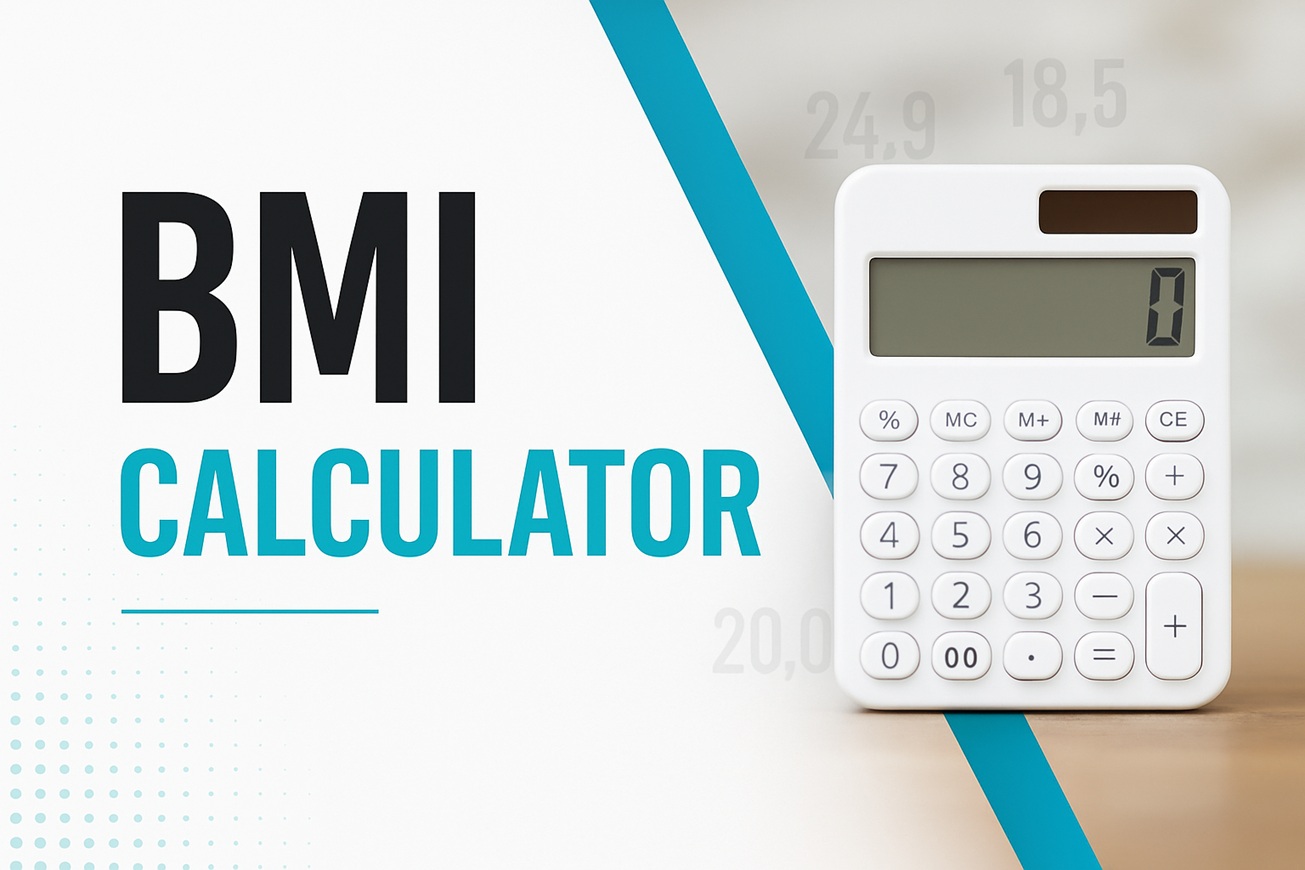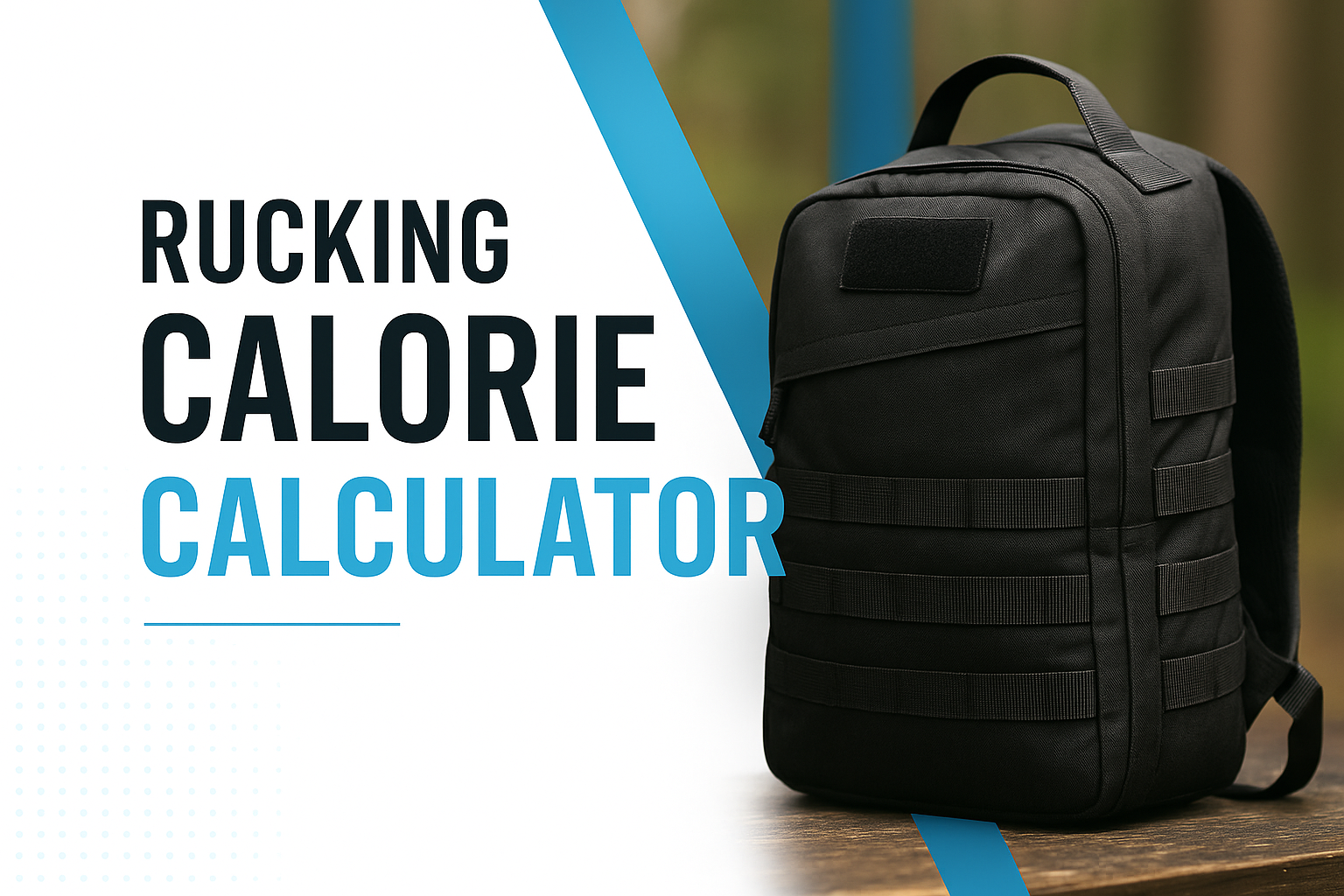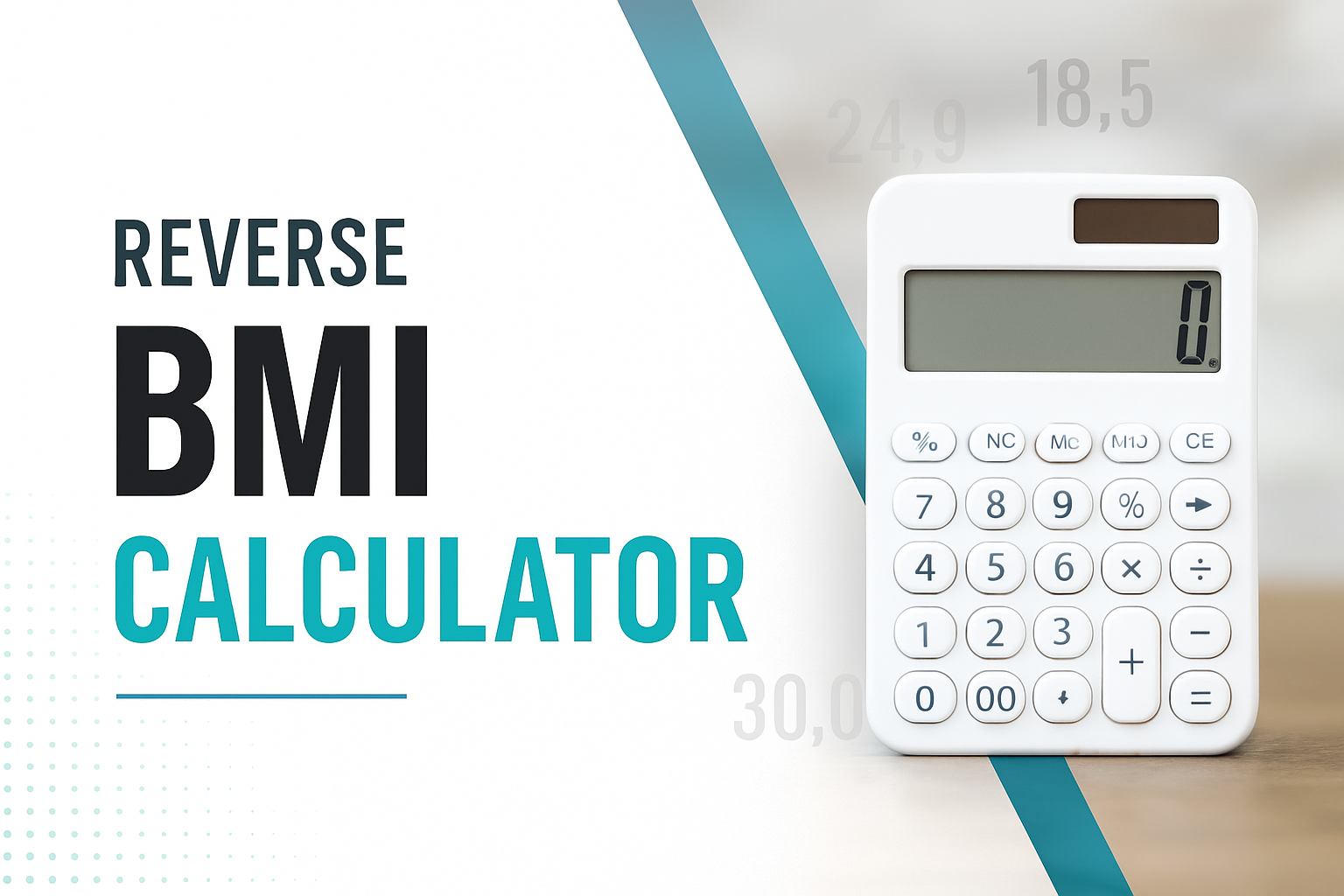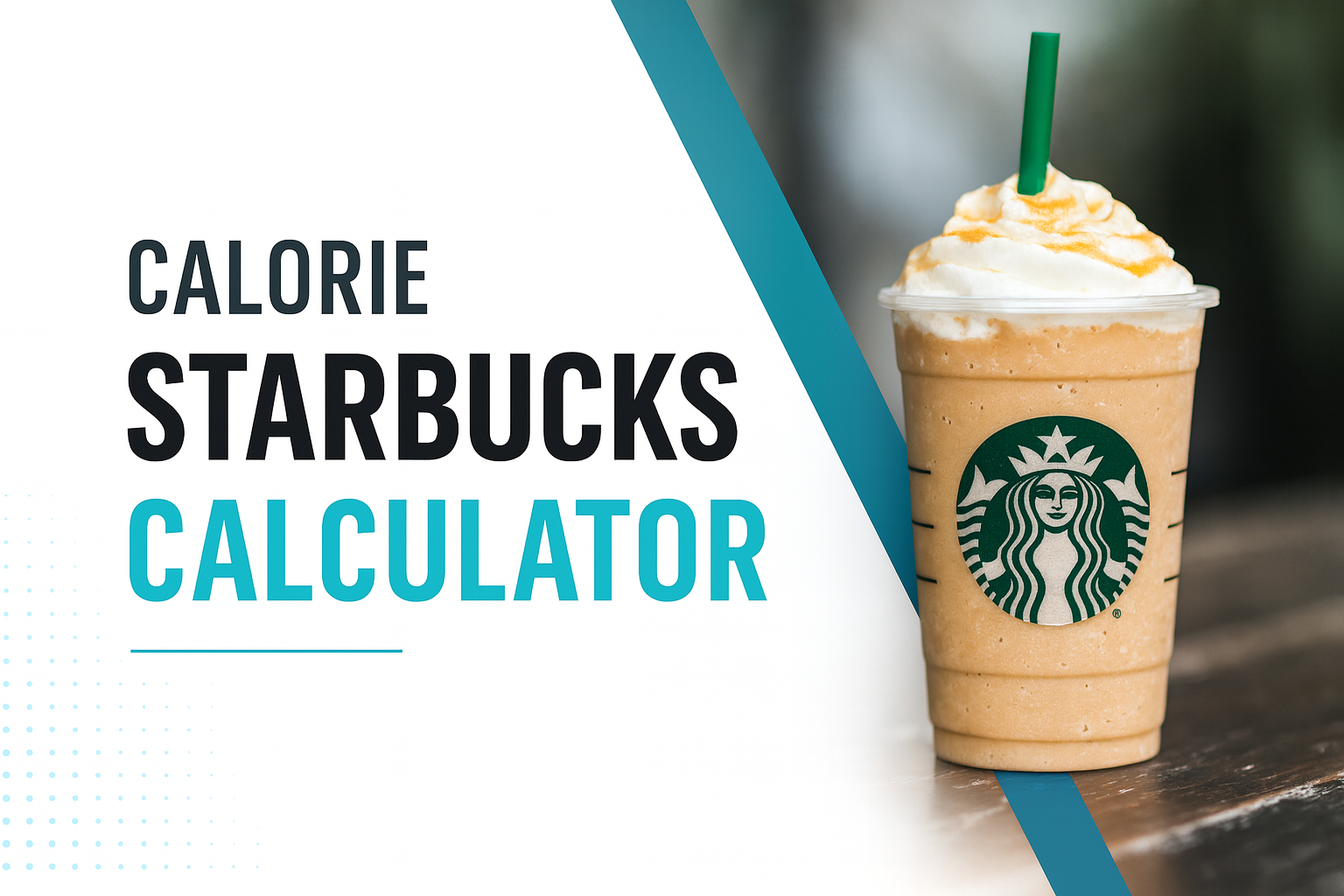Snowboard Size Calculator
🏂 Snowboard Size Calculator
Height (ft/in), weight, boot size (US 3–13), riding style, and ability → size, range, and waist width.
Inputs
Results
Total Calculations
Snowboard Size Calculator: The Complete, Practical Guide
Why this guide exists
Picking the right snowboard length and waist width is simpler than it looks—if you follow a consistent method. This guide explains the exact inputs our Snowboard Size Calculator uses (height, weight, boot size, riding style, and ability), how each input changes your result, and the trade-offs behind every recommendation. You’ll also get fit tables, examples, and setup tips to take straight to the shop or rental counter.
Quick answer: What sizes does the calculator return?
- A recommended center length (in centimeters).
- A safe length range (±3 cm around the center).
- A waist-width range (in millimeters) matched to your US men’s boot size (women’s ≈ men’s +1.5).
If you’re between two boards, pick based on your primary terrain (park vs. pow) and how stable you want the ride to feel at speed.
How the calculator works
The calculator starts with a height-based baseline, then adjusts:
- Height baseline: ~88% of your standing height (in cm) as an all-mountain midpoint.
- Weight adjustment: Nudges length up or down so heavier riders (for their height) don’t overpower a short board, and lighter riders aren’t stuck with a sluggish plank.
- Boot size adjustment: Very small boots may trend slightly shorter; waist width always follows boot size.
- Riding style adjustment:
- Freestyle: −3 cm (easier presses, quicker spins)
- Freeride/Splitboard: +2 cm (stability and edge hold)
- Powder: +6 cm (more float)
- All-Mountain: 0 cm (balanced)
- Ability adjustment:
- Beginner: −3 cm (faster progression and easier control)
- Intermediate: 0 cm
- Advanced: +2 cm (stability at speed)
Then we give a ±3 cm window around that center so you can bias shorter for agility or longer for stability without leaving the “good fit” zone.
Snowboard Size Charts
These quick charts give you a fast starting point. They’re intentionally simple. For the most precise pick (especially near a boundary), use the calculator and the ±3 cm range it provides.
Snowboard Length Chart — Men
Length is primarily weight-based. Use this as a baseline, then adjust ±3 cm for style (- for freestyle/beginners, + for freeride/pow).
| Rider Weight (lb) | Rider Weight (kg) | Recommended Board Length (cm) |
|---|---|---|
| Under 90 | ≤ 41 | 130–139 |
| 90–110 | 41–50 | 135–144 |
| 110–130 | 50–59 | 140–149 |
| 130–150 | 59–68 | 145–154 |
| 150–175 | 68–79 | 150–159 |
| 175–200 | 79–91 | 155–163 |
| 200–220 | 91–100 | 158–166 |
| 220+ | ≥ 100 | 160–170+ |
Notes:
- Powder-specific shapes often ride ~6 cm longer than your all-mountain “center.”
- Volume-shifted/short-wide boards may run shorter; follow brand guidance.
Snowboard Length Chart — Women
Same weight-first logic. Women’s-specific boards are typically narrower/softer; if you prefer a very playful feel, bias ~-2 cm within the range.
| Rider Weight (lb) | Rider Weight (kg) | Recommended Board Length (cm) |
|---|---|---|
| Under 90 | ≤ 41 | 130–139 |
| 90–110 | 41–50 | 135–144 |
| 110–130 | 50–59 | 140–149 |
| 130–150 | 59–68 | 145–154 |
| 150–175 | 68–79 | 150–159 |
| 175–200 | 79–91 | 155–163 |
| 200–220 | 91–100 | 158–166 |
| 220+ | ≥ 100 | 160–170+ |
Tip: Park/freestyle → lean to the lower end; freeride/carving → lean to the higher end.
Snowboard Width Chart — Men (by US boot size)
| Boot Size (US Men’s) | Width Class | Typical Waist (mm) |
|---|---|---|
| 7–8 | Narrow | ~235–247 |
| 8.5–10 | Standard | ~248–255 |
| 10.5–11.5 | Mid-Wide | ~256–262 |
| 12+ | Wide | ~263–280 |
Snowboard Width Chart — Women (by US boot size)
Women’s US boot ≈ Men’s US boot + 1.5 (for the same foot length). The classes below reflect that conversion.
| Boot Size (US Women’s) | Width Class | Typical Waist (mm) |
|---|---|---|
| 8.5–9.5 | Narrow | ~235–247 |
| 10–11.5 | Standard | ~248–255 |
| 12–13 | Mid-Wide | ~256–262 |
| 13.5+ | Wide | ~263–280 |
Snowboard Flex Chart
| Flex Rating | Style | Best For |
|---|---|---|
| 1–2 | Jib / Park | Beginners, playful park riders |
| 3–4 | Freestyle | Park/all-mountain mix, mellow cruising |
| 5–6 | All-Mountain | Most riders, daily driver boards |
| 7–8 | Freeride / Carve | Aggressive riders, steeps, fast turns |
| 9–10 | Big Mountain | Experts, powder lines, max stability |
When to size up or down (with real trade-offs)
- Go slightly shorter if:
- You’re new to snowboarding and want faster learning feedback.
- You ride small, technical features in the park.
- You prefer quick edge-to-edge response at slower speeds.
- Go slightly longer if:
- You prioritize stability on steeps or at higher speeds.
- You ride variable, choppy snow and want more damp confidence.
- You plan to chase storm days or ride off-piste (pow recommendation is already +6 cm).
- Keep the calculator’s waist-width range if:
- You’ve had toe/heel drag in the past.
- You use shallow binding angles (near 0°) or a wide stance that pushes boots closer to the edges.
Burton’s fit notes also echo that waist width should track boot size to avoid overhang. Tourism Whistler
Ability and progression notes
- Beginners: A board closer to the short end of your range lowers the “learning cost”—quicker turns, easier skids, and better control while you dial the basics.
- Intermediates: Aim near the calculator’s center for an all-around daily driver.
- Advanced riders: A touch longer than center helps with stability, landings, and edge hold—useful on firm days or bigger lines.
For instruction or a skills refresh, local mountain schools are worth it—Whistler Blackcomb, for example, maintains dedicated learning zones and publishes current trail maps that mark beginner areas (e.g., Magic Chair learning zone). whistlerblackcomb.com Ski Utah also provides practical first-timer guidance you can use at any resort. Ski Utah!
Terrain and style “profiles” (pick what matches your riding)
- Park/Urban: Short end of range; true twin or twinish shape; softer flex for presses and butters.
- All-Mountain (most riders): Calculator center; directional twin or versatile all-mountain shapes; medium flex.
- Freeride/Steeps: Center to +2–3 cm; directional shapes; stiffer flex for edge hold and stability.
- Powder: Calculator’s pow bias (+6 cm) or pick a shorter board with lots of surface area (volume-shifted shapes) if you want nimble trees without losing float.
Common mistakes to avoid
- Ignoring boot size when picking width. If your boots hang too far past the edges, you’ll feel sudden “boot drag” when carving. Use the waist-width ranges above; they track to mainstream binding angles and minimize drag. REI
- Over-correcting for weight with a huge board. You’ll gain stability but lose maneuverability. Use the calculator’s weight adjustment—it already balances both.
- Copying a pro’s size blindly. Pros optimize for speed, features, or comp formats; their choices rarely fit average local conditions.
- Equating length with ability level only. Terrain, snow type, and stance/angles also matter.
What to bring to the shop (or rental counter)
- Your data: height, weight, US boot size, main terrain, and honest ability.
- A short list of boards in your size window (center ±3 cm, pow +6 cm).
- Your typical binding angles and stance width if you know them.
- A quick binding fit check on the bench to confirm toe/heel clearance.
Bindings, stance, and first-day setup
- Stance width: Start near shoulder width, then adjust for comfort and control.
- Angles: +15/−15 is a common starting point for all-mountain.
- Toe/heel check: Center the boot over the board; you want modest, symmetrical overhang (not excessive) once strapped in.
Brand tech pages like Jones provide sensible, plain-language stance guidance if you want a second opinion while you tweak. Ski Utah!
Worked examples
- Rider A (All-Mountain, Intermediate): 178 cm, 77 kg, US 9 boot
- Center ≈ 156–157 cm; range ≈ 153–159 cm; waist ≈ 248–255 mm
- Choose 155–157 cm for a daily driver; 160 cm for more speed stability.
- Rider B (Beginner, Freestyle focus): 170 cm, 68 kg, US 8 boot
- Center ≈ 148–149 cm; beginner/freestyle bias pushes toward 145–147 cm; waist ≈ 240–248 mm.
- Rider C (Powder-leaning, Advanced): 183 cm, 86 kg, US 11 boot
- Center ≈ 161–162 cm; pow +6 cm ≈ 167–168 cm; waist ≈ 255–262 mm.
- If choosing a modern volume-shifted pow board, length may be shorter with similar float.
FAQs
Q: I’m between two sizes—what should I do?
A: Pick shorter for quicker turns and park; longer for speed and mixed conditions. Stay inside the calculator’s range unless you have a specific reason.
Q: My boots are 11.5—do I need a wide board?
A: Often yes. Check the calculator’s waist-width range (about 255–262 mm for men’s 10.5–11.5) and confirm in the shop with bindings mounted. REI
Q: Does board shape change the length I should choose?
A: Slightly. Tapered, directional, or volume-shifted shapes can ride “longer” or “shorter” than their numbers suggest. Use the calculator as the base, then bias by style.
Q: Is height or weight more important?
A: Height sets the baseline; weight fine-tunes control vs. stability. We use both.
Safety and skills
If you’re new or coming back after a break, a half-day lesson accelerates progress and reduces bad habits. Resorts publish up-to-date learning areas, trail maps, and lesson options; Whistler Blackcomb’s official materials are a good example of the kind of detail to look for at your local mountain. whistlerblackcomb.com
References used in this guide
- REI Co-op: How to Choose a Snowboard—board width vs. boot size and overhang fundamentals. REI
- Burton: Snowboard size and width guidance (brand fit perspective). Tourism Whistler
- Whistler Blackcomb: Official 2024–25 winter trail map and learning zones (example of credible resort resources). whistlerblackcomb.com
- Ski Utah: First-time tips and planning information (tourism board perspective). Ski Utah!
- Jones Snowboards: Stance and setup guidance (brand tech resource). Ski Utah!




